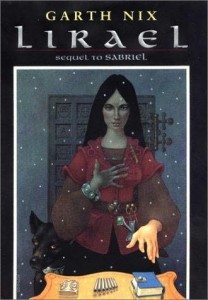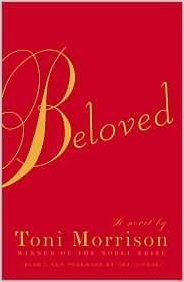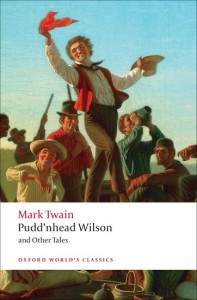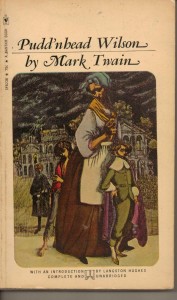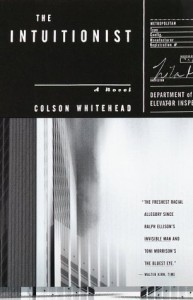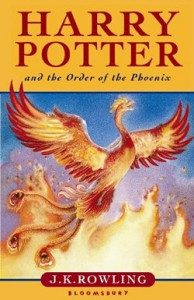Niki
Character: Niki
Source Text: Ishiguro, Kazuo. A Pale View of Hills. London: Faber and Faber, 2005. Print.
Entry Author: Victoria Patlajan
“For paradoxically it was he who wanted to give her (Niki) a Japanese name, and I—perhaps out of some selfish desire not to be reminded of the past—insisted on an English one. He finally agreed to Niki, thinking it has some vague echo of the East about it.” (9)
“Keiko, unlike Niki, was pure Japanese…” (10)
Niki is the second daughter of the Japanese main character and narrator Etsuko, fathered by her English husband. Niki’s mixed race, out-going personality, and her western influences serve as a foil to Keiko, Etsuko’s first daughter, who is fully Japanese and is seen as reclusive and aloof. Keiko commits suicide before the start of the novel, and the story revolves around the interactions between Etsuko and Niki after Keiko’s death, reflections on Keiko’s life, as well as Etsuko’s storytelling of Sachiko and Mariko—a mother-daughter pair in Japan who lives serve as a parallel between Etsuko and Keiko.
At the start of the novel, readers are given implicit references of Niki’s mixed-race heritage through descriptions of family dynamics, yet her brusque personality aligns more with western traditions rather than her Japanese lineage. While many mixed-race characters struggle between the two worlds of their races, Niki seems to drop her Asian background for a more “white-oriented” life, though Etsuko attempts to demonstrate Japanese life through Sachiko and Mariko’s story. Niki’s character seems to have much more urban, western qualities that Etsuko criticizes, such as Niki’s fast-paced walking, where Etsuko says ‘Niki, one supposes, has yet to learn the pleasures of walking for its own sake” (47) . Niki is also argued to be more selfish and “You mean you didn’t come to her funeral because she didn’t come to your father’s? Don’t be so childish, Niki” (52), though Niki retorts with explaining that Keiko was never truly part of their family due to her lack of involvement. While her child-like reactions aren’t necessarily “western”, Niki does not seem to have a grasp of her Japanese culture. While Etsuko attempts to show life in Japan through her storytelling to Niki, it is not clear if this truly changes Niki’s perspective of her lineage.
Interestingly, while the physical appearances of Niki and Keiko are not explicitly described in the story, they are shown as looking strikingly similar to one another, despite their different fathers and races. In an uncomfortable moment, Mrs. Waters, a family acquaintance, actually mistakes Niki for her late sister Keiko, saying “’Why hello, Keiko’—she touched Niki’s sleeve—‘I did not realize it was you’” (50). While Niki politely corrects Mrs. Water’s mistake—though without telling her of the suicide of her sister—this one and only physical description is powerful in that readers can understand that, physically, Niki must still look clearly Japanese, and may be subject to any societal constructs and judgments that Asians must deal with, even if they aren’t explicitly noted in the novel.


